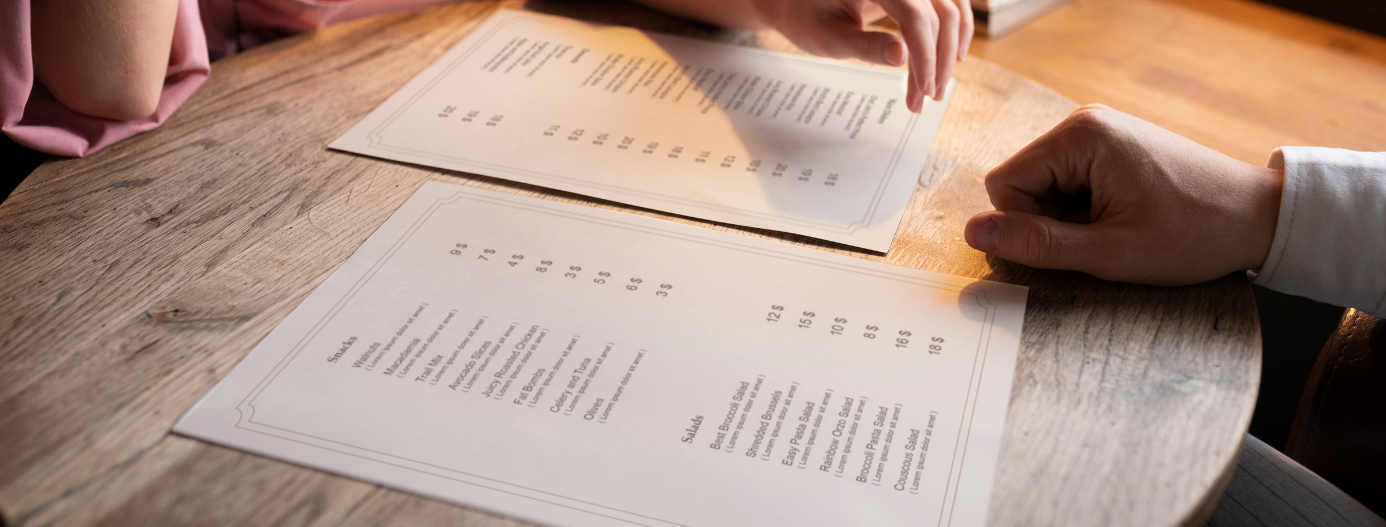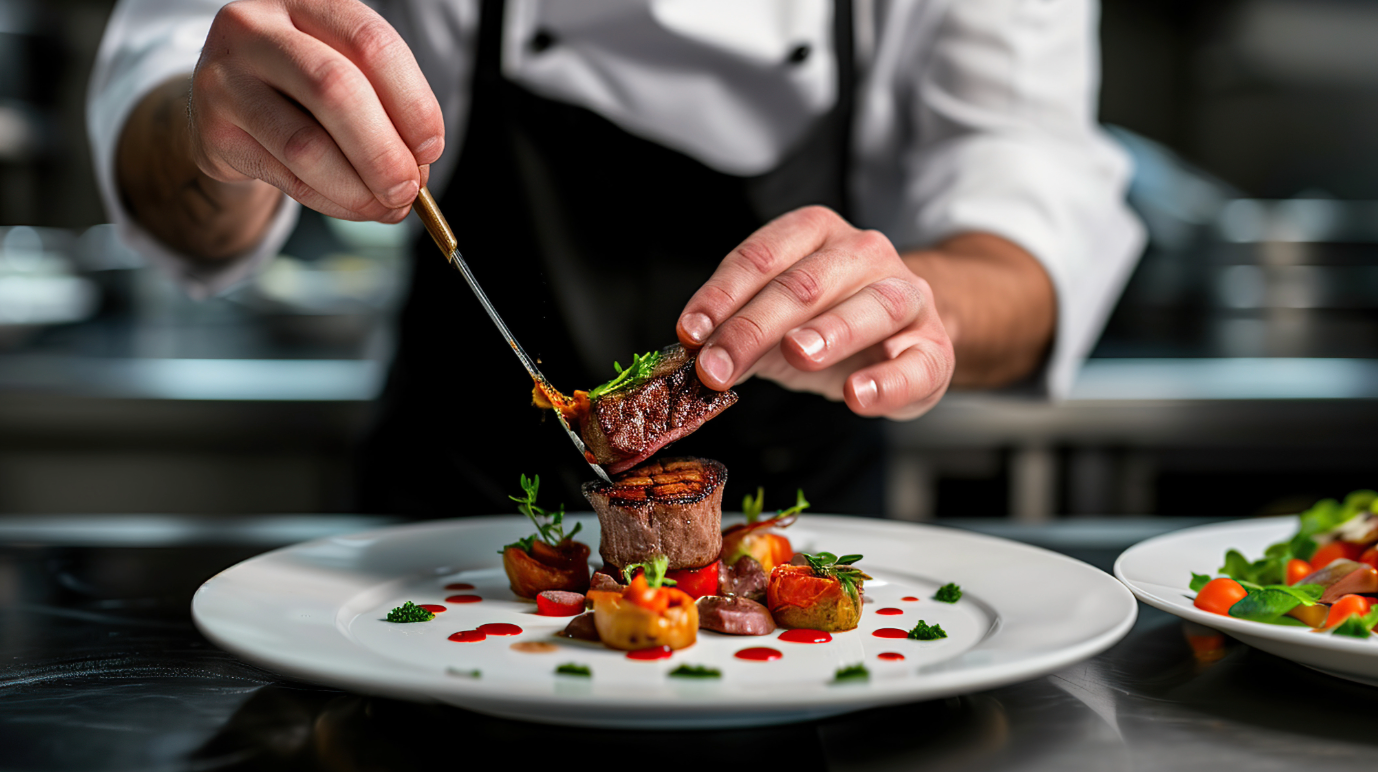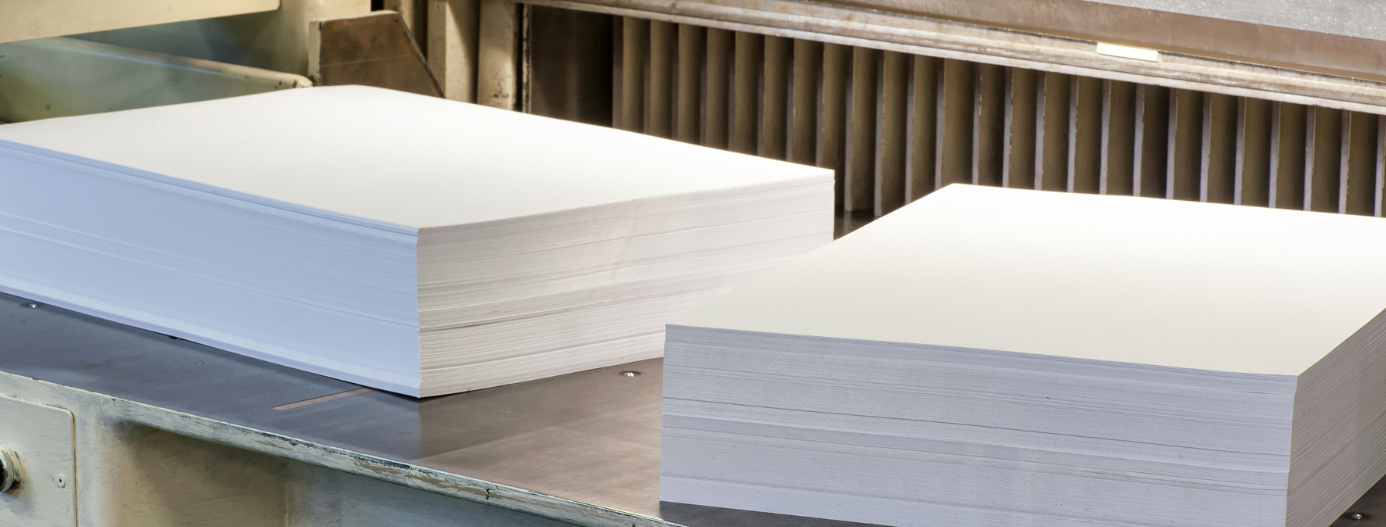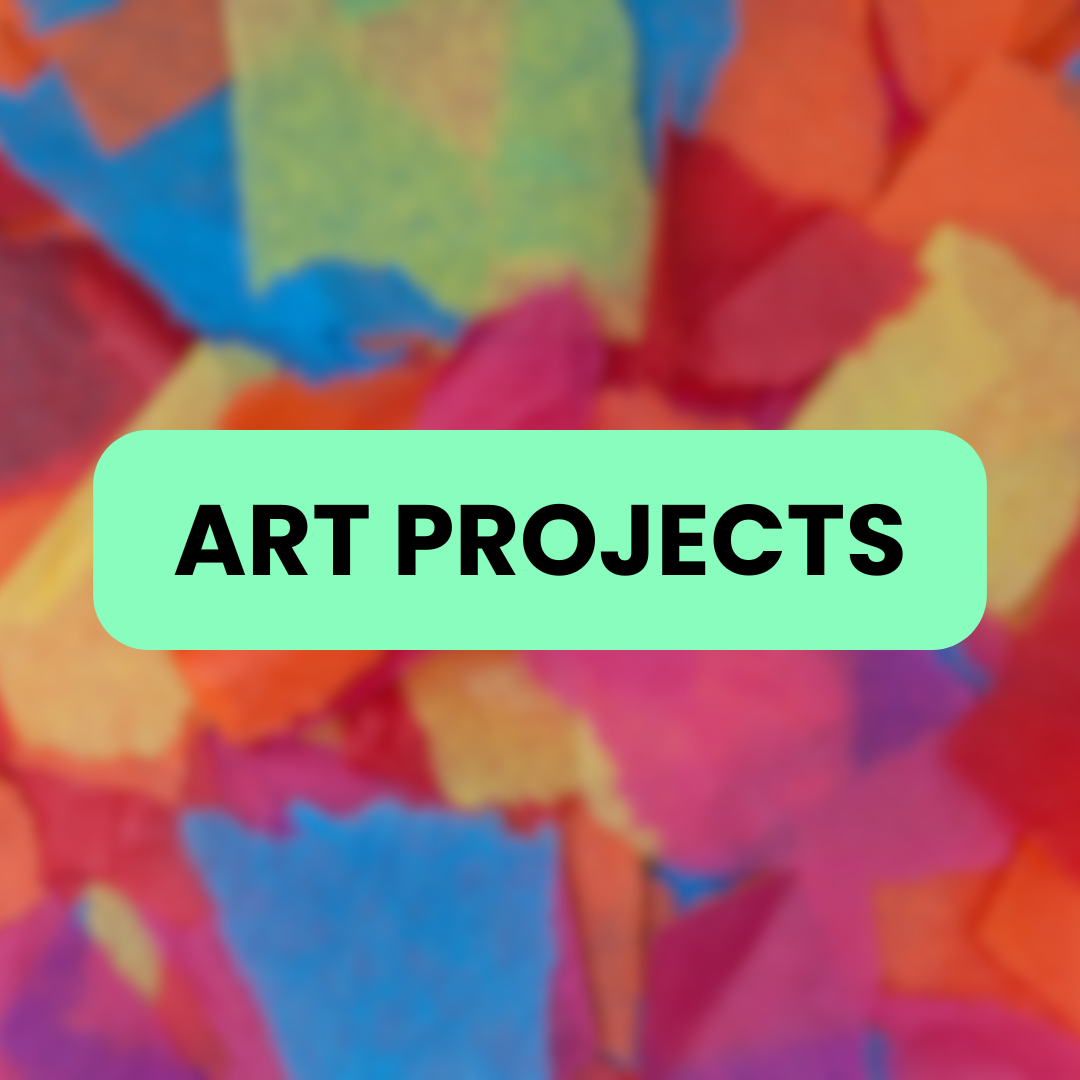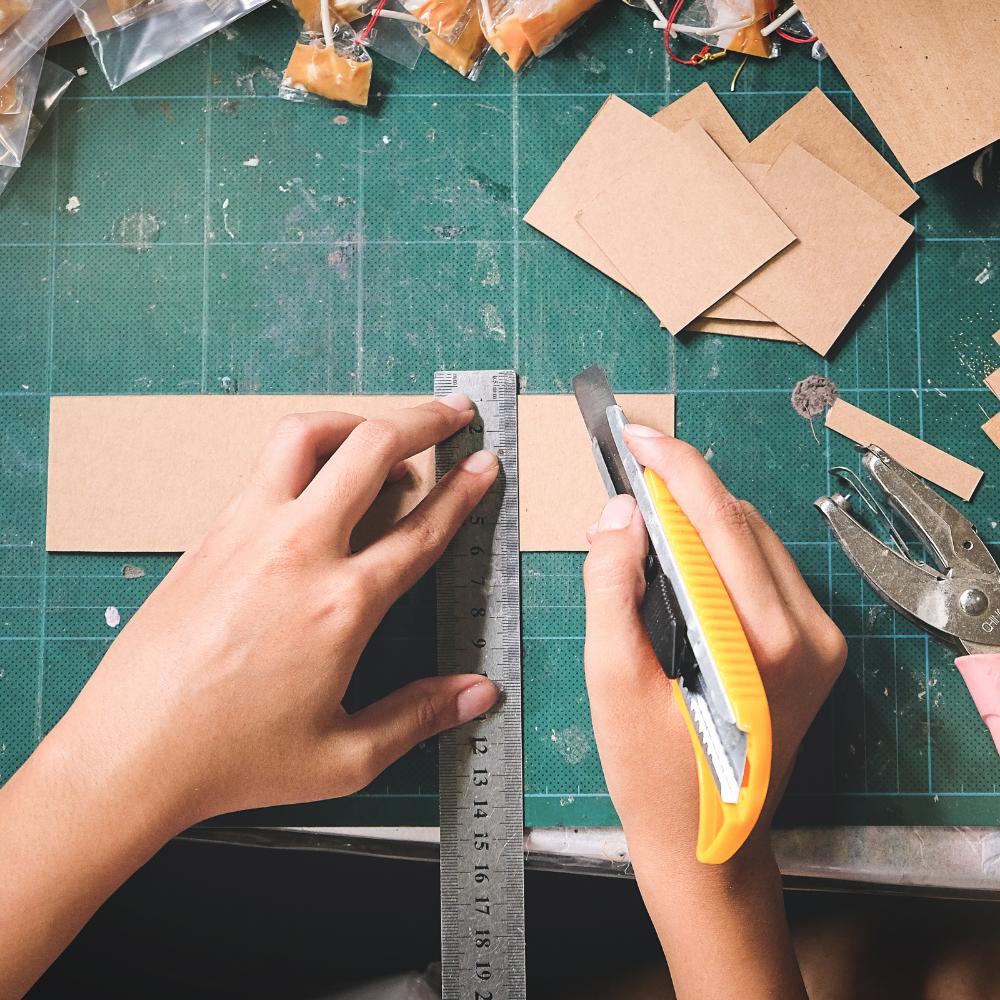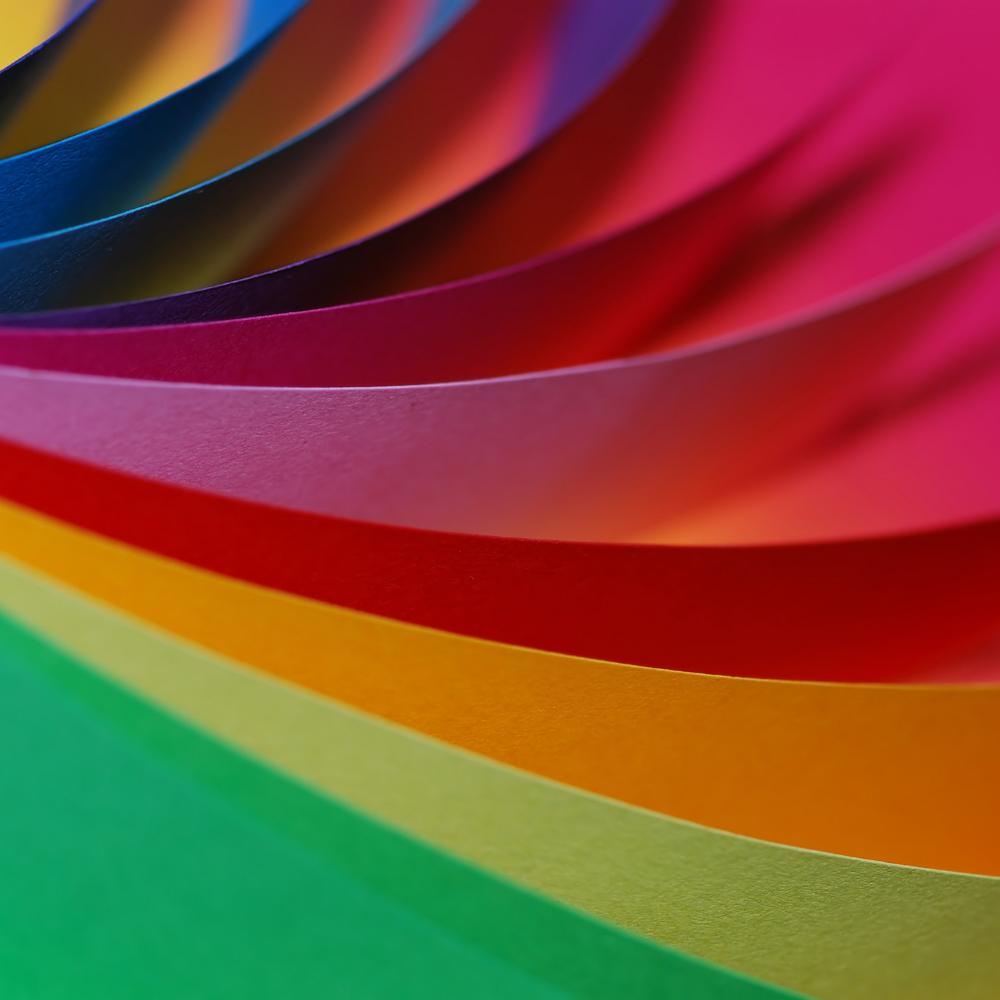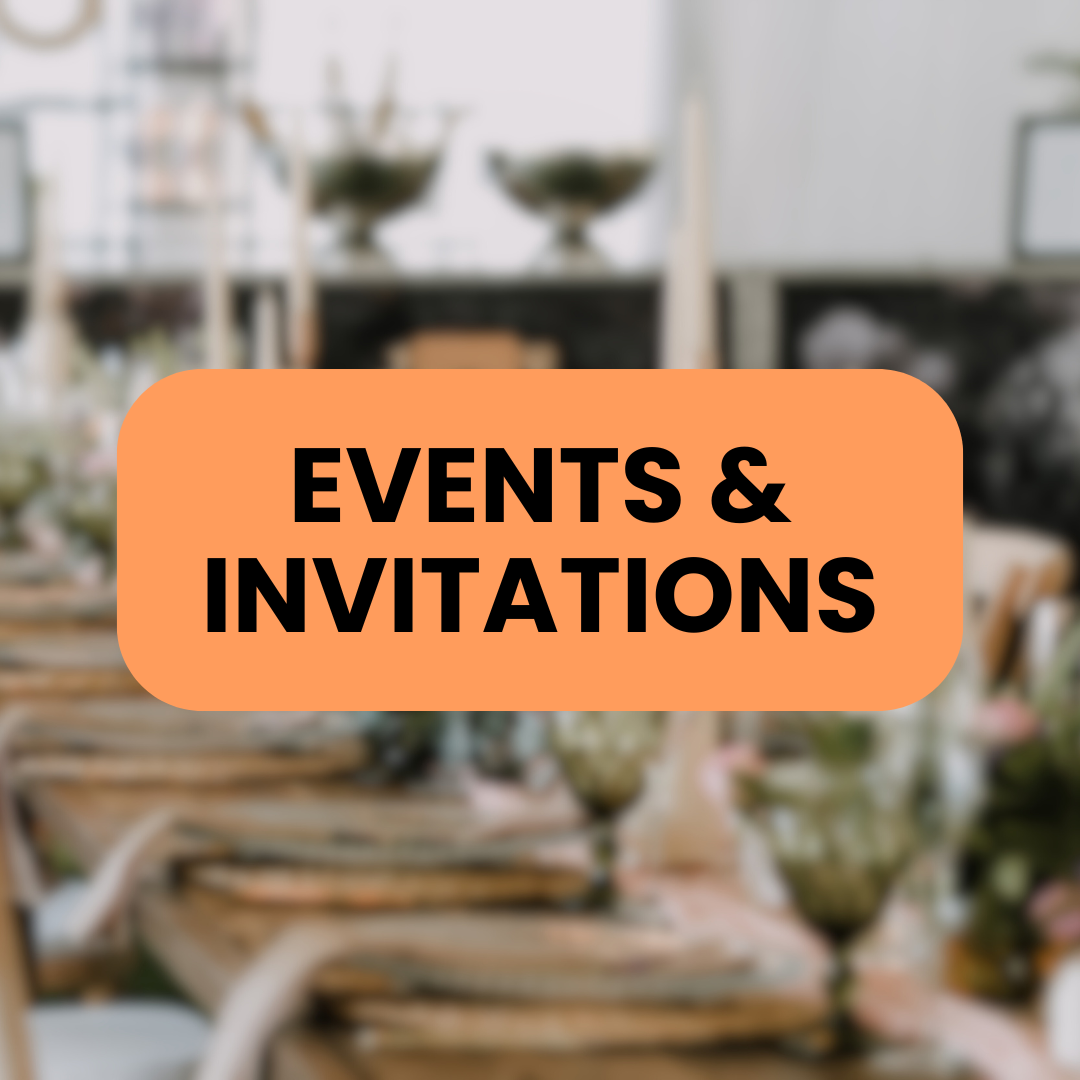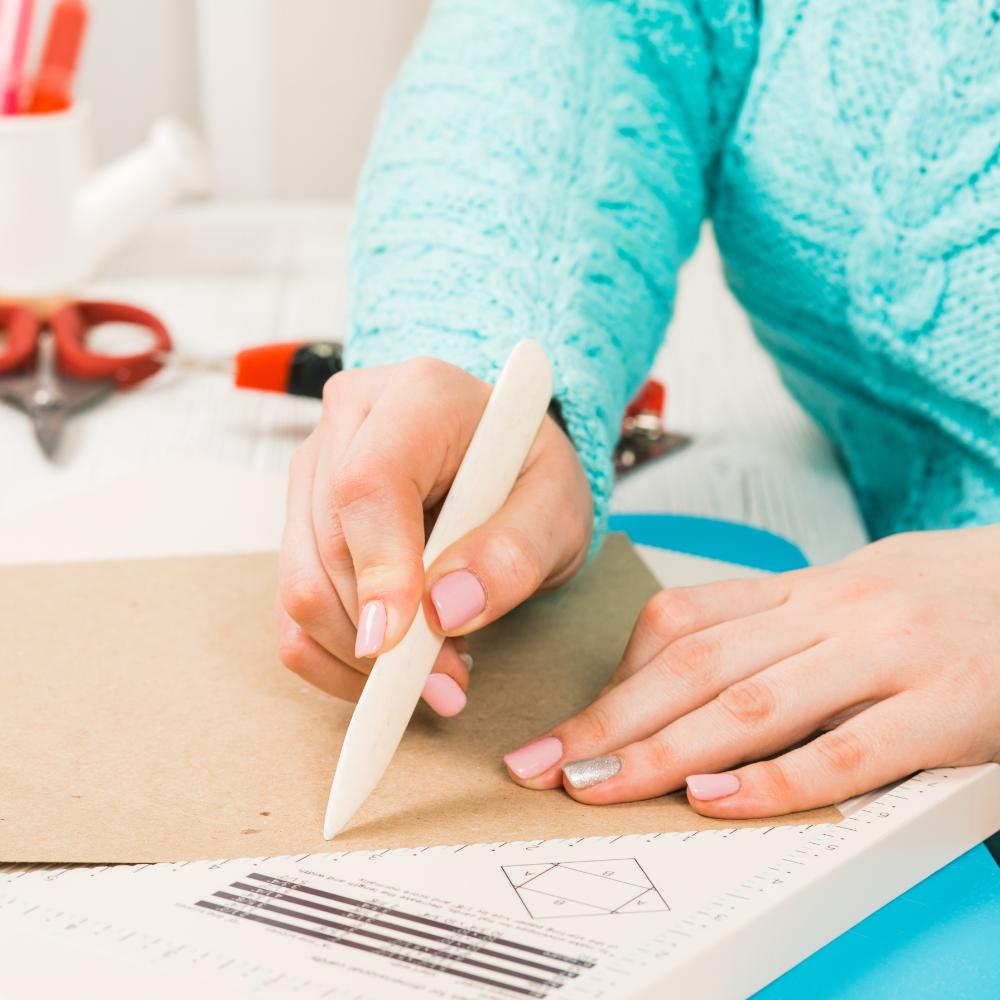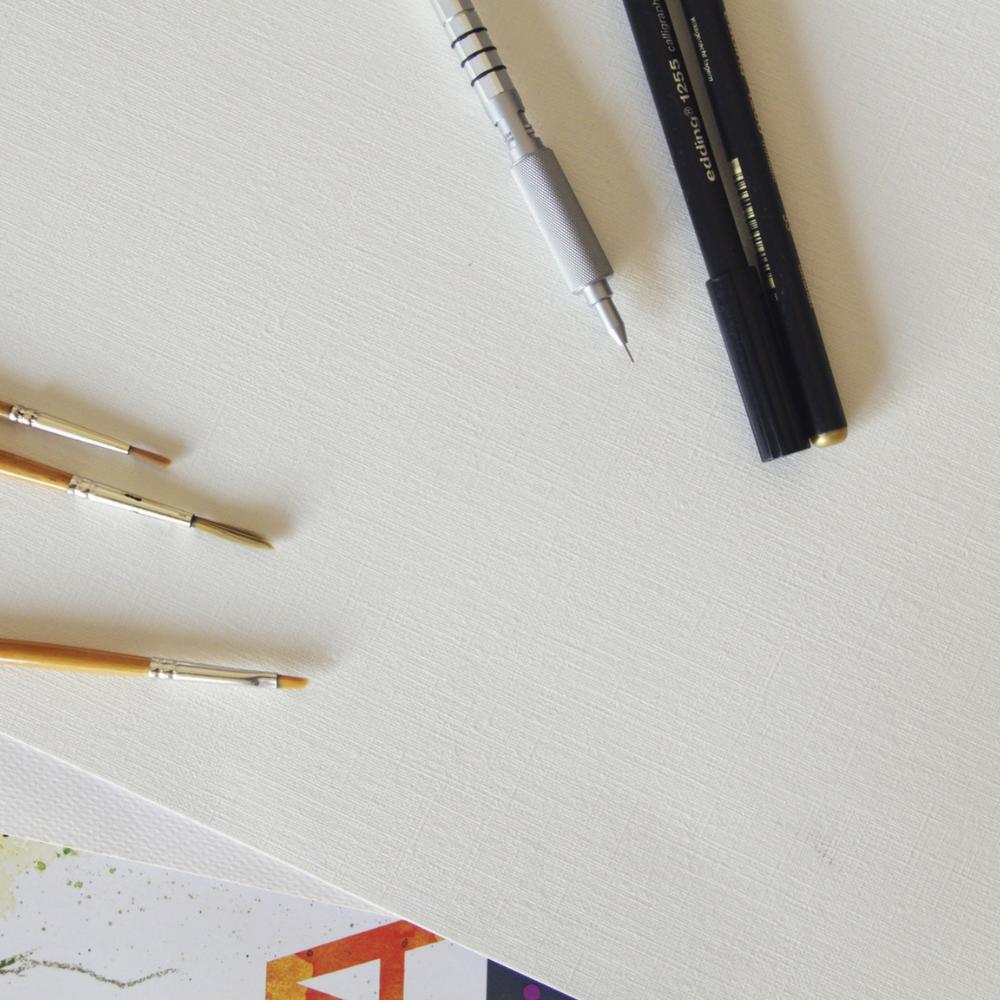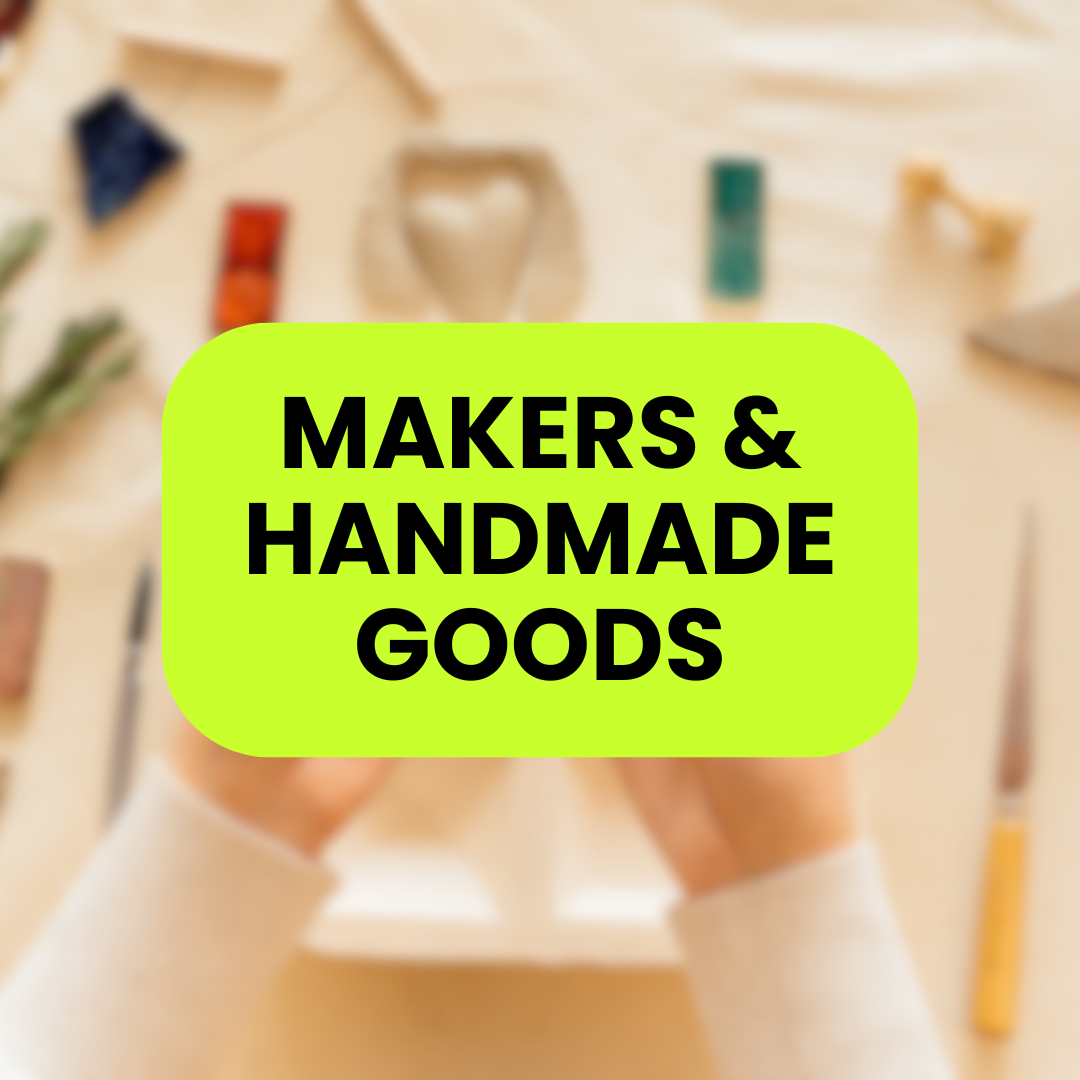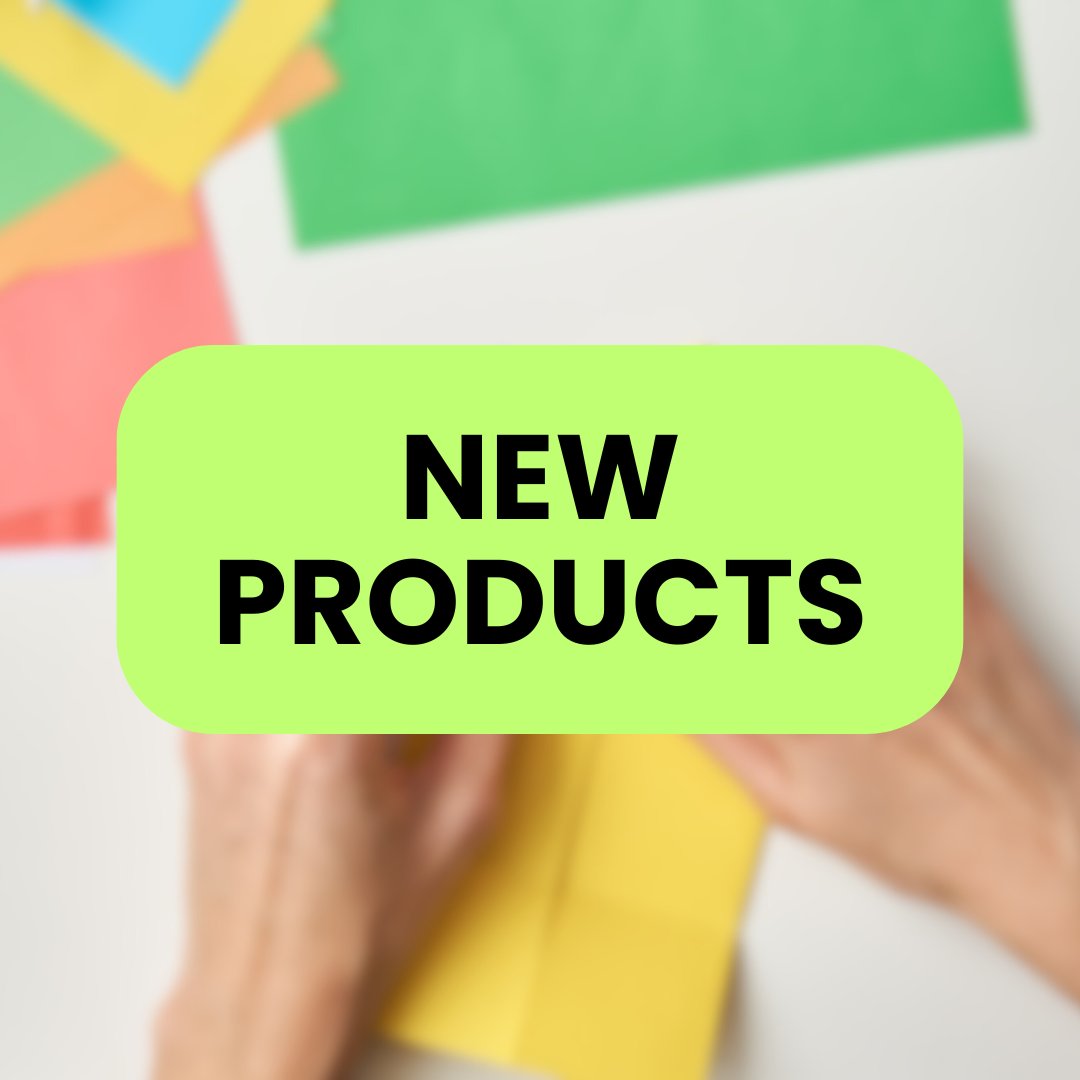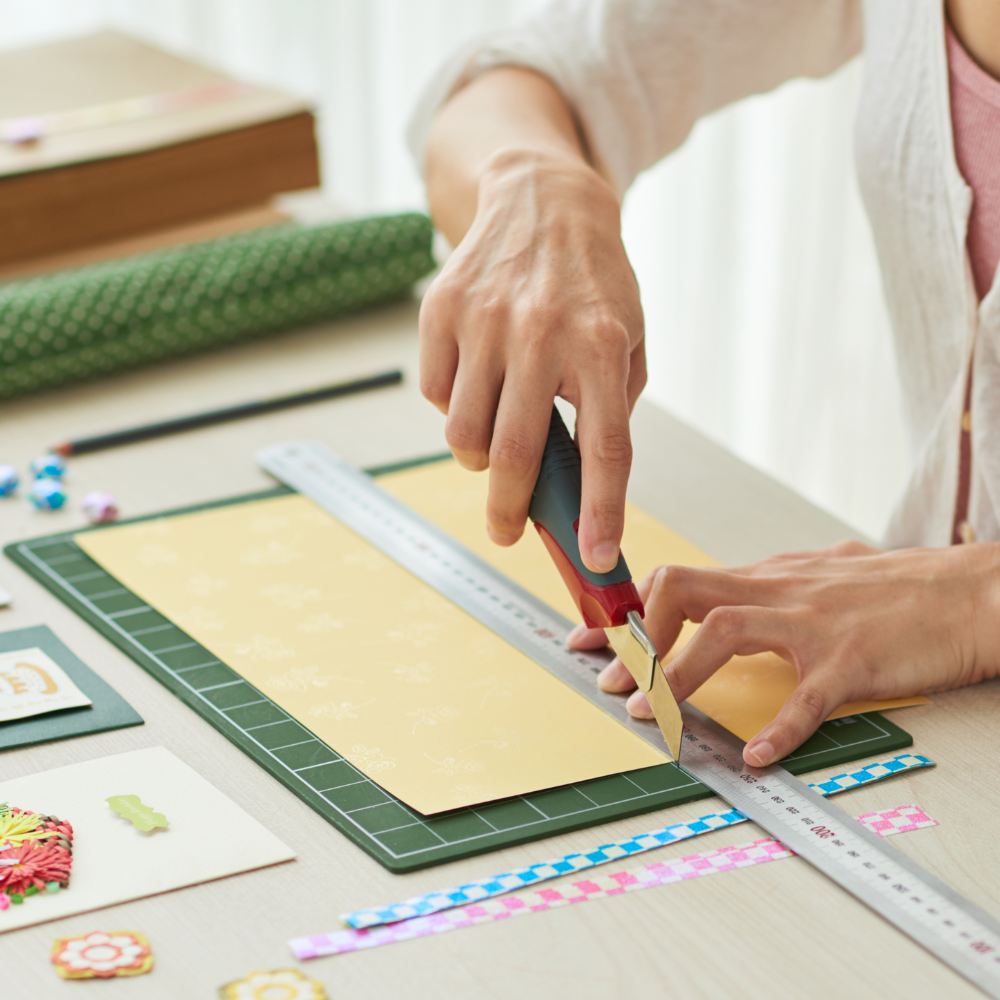4 Ways To Emboss Like A Boss
We all positively need hobbies. Especially today, all of us require something that does not involve a screen. Our hobbies and favorite pastimes are some of the ways that help in knowing how good we are at learning something while we enjoy it.
Since we love everything paper at ThunderBolt Paper, we are constantly surprised by the ways you can reinvent paper and paper craft. One of the most important ways that we rediscover ourselves and our abilities, or maybe even understand what our limitations are, is by trying new things.
It appears that after the printing presses were all the rage, and people needed to have a little more edge in their designs they invented embossing, to try something new. Through decades, embossing has come a long way, and we are here to introduce you to the basics so that you can also go ahead and try something new to hone your paper craft hobby.
What exactly is embossing?
At the very basic level, embossing is a technique that creates a raised impression on a surface. You can add distinct texture and textile quality to your designs across scrapbooks, greeting cards or even business cards by using different tools or methods of embossing. The three-dimensional image is raised using embossing tools in the following ways.
Heat embossing
Another way of creating a three-dimensional raised design on any surface such as paper fabric or metal is by using heat embossing tools. A stamp with embossing ink is used to make an impression of a design, followed by dusting with embossing powder and allowing a heat gun to create beautiful raised ridges along the design.
Dry embossing
With the use of a stylus, dry embossing is done by tracing a stencil, creating a pattern raised from wherever the stylus is pressed. Thick paper such as chipboard or cardstock is ideal for trying and testing embossing techniques.
Foil embossing
Just as it sounds, Foil embossing is the technique used to emboss using foil adhered to a cardstock. You can expect foil embossing to be needing more labor than other forms of embossing because of using foil.
Sandwich technique
Now, this technique of embossing is similar to a sandwich minus the food items. You can create a layer of die cutting plate between acrylic plates and cardstock with the decorative side of the die cut plate up. After assembling everything, simply run the sandwich through a die cut machine, and you can have embossed cardstock in a few seconds.
Debossing
When the graphic design focuses on having a design embossed opposite to that of a raised design, debossing technique comes into place. Completely opposite to embossing, the debossing technique creates a slightly indented impression along the design. You can also very easily flip the embossing designs or the die cut plates to create a debossing design.
Start embossing with these tools
Embossing technique of paper craft is unique in itself, and you may require certain tools to achieve different results. It's better to begin with a simple stylus and make your way up.
Stylus
Stylish is a pen-like instrument that has a rounded end or a nib that is used to create ridges or indents for dry embossing. You can get yourself a basic embossing kit and you get a set of stylus pens of varying thickness.
Stamp
For heat embossing, you need a stamp to emboss your image with embossing ink over the preferred embossing surface.
Embossing ink
The embossing ink needs to be sticky and slow to dry so that it can stick to the embossing powder and later create a raised design with the help of a heat gun.
Embossing powder
Any image or design after being stamped over your cardstock with some embossing ink is sprinkled with embossing powder of wearing thicknesses and colors. As the heat gun melts the embossing powder, the desired raised design becomes apparent.
Heat tool
You do require a heating tool for heat embossing, as it requires melting the embossing powder into forming the desired embossed design. A blow-dryer cannot replace the heating tool or a heat gun because it blows too much air and does not help the process.
Cardstock
As already mentioned you can emboss on several kinds of surfaces, but cardstock or chipboard is the best one to begin with. You can experiment with a wide range of card stocks from parchment cardstock to smooth paper, Kraft paper cardstock or any kind of card paper
At the end of the day, thanks to technology, you can find various kinds of tutorials to learn and practice any hobby or skill that you may have. So go ahead and learn something new and see how you can enjoy learning a new skill or hobby with our basics guide to lead you. Let us know your experience in the comments below.


